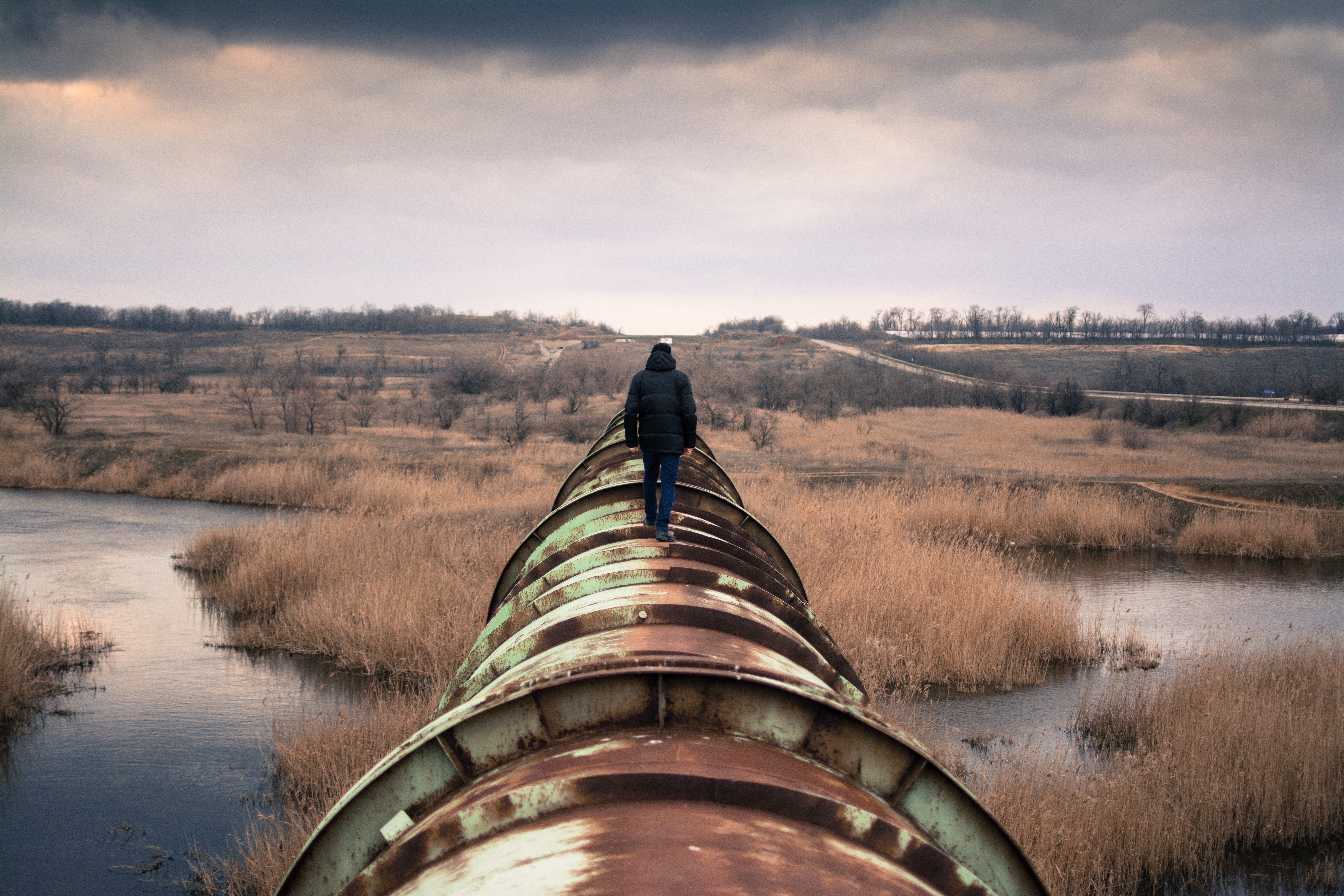Industrial Heaters for Pipelines
How to Keep Oil Pipeline Flowing
 One of the audacious projects that connects US and Canada is found in the Keystone Pipeline Project stretching over 2,150 miles across the border, piercing through 3 Provinces and more than half a dozen states like Arizona, Texas, Oklahoma and Kansas. Of course, the biggest challenge is not about laying down the 36-inch pipeline that can transport up to 830,000 barrels per day, but how to keep the flow of such massive amount of crude oil at an optimal condition without losing oil viscosity throughout the delivery.
One of the audacious projects that connects US and Canada is found in the Keystone Pipeline Project stretching over 2,150 miles across the border, piercing through 3 Provinces and more than half a dozen states like Arizona, Texas, Oklahoma and Kansas. Of course, the biggest challenge is not about laying down the 36-inch pipeline that can transport up to 830,000 barrels per day, but how to keep the flow of such massive amount of crude oil at an optimal condition without losing oil viscosity throughout the delivery.
The use of flanged electric heaters in the oil industry is no new subject. However, keeping few hundred gallons of tank and/or few hundred feet of pipeline heated is not exactly same as using those oil heaters. To keep the Keystone Pipeline flowing and maintain the flow rate constant requires an entirely different approach. The variance of external environments in various areas forces the construction of heaters to be more creative and context oriented depending on where and how to implement in each section of the areas.
The Big Question: Which One?
These special alloys are used to make sheathe shielding to protect the heating rods from corrosion and heat that may invade while submerge in the current of crude oil. They can be easily maintained, which is a huge advantage since emptying the pipeline for maintenance is virtually impossible. It also leads to the question of how to handle the coolant. Unlike some of those smaller scale inline heaters in which using water within the heating chamber is more than adequate, this project requires much more effective liquid coolants to fill the heating chamber.
Consideration for the Coolant
Get a quote for a flanged immersion heater today. Browse our other oil heater products such as immersion heaters, circulation heaters and more.
